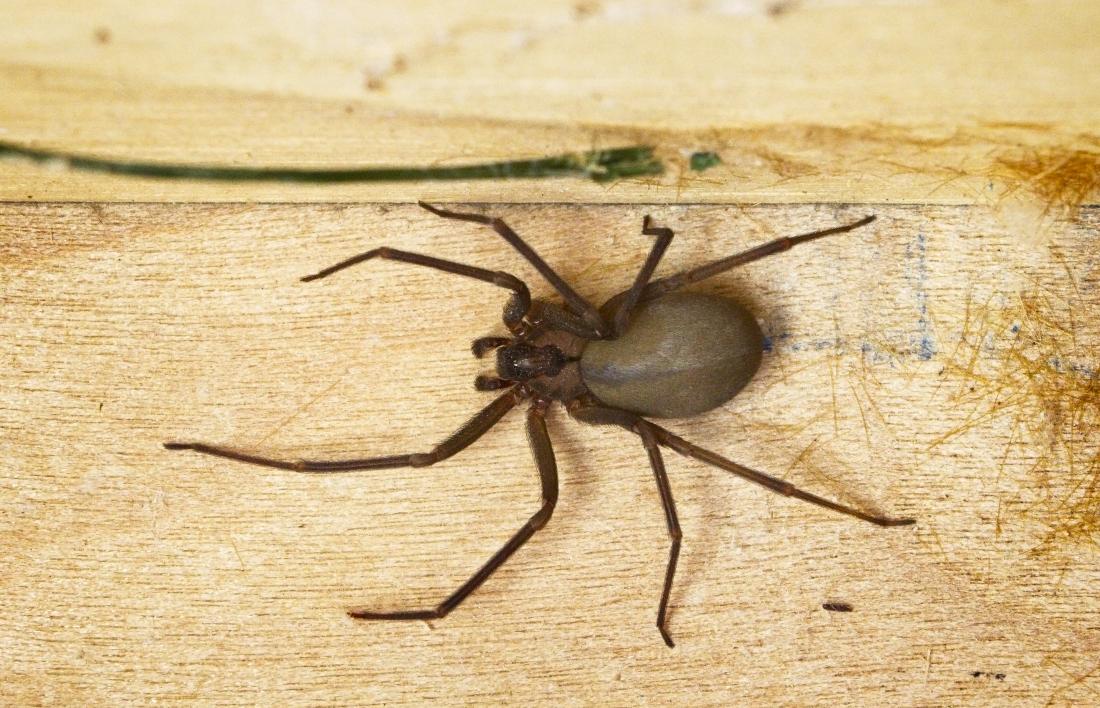The Spider Showdown: Brown Recluse vs Wolf Spider - Get the Facts!
Discover the key differences between brown recluse and wolf spiders, their appearances, habitats, and bites. Learn expert insights for accurate identification.

When people think of spiders, two arachnids that often come to mind are the brown recluse and the wolf spider. Both of these spiders are commonly found in the United States, and they can evoke fear in even the bravest of souls. Though they have some similarities, it's important to understand the differences between brown recluse spiders and wolf spiders, especially when it comes to their appearance, habitat, and potential health risks.
The brown recluse spider is a venomous arachnid that is typically between 6-20 mm in length. It gets its name from its distinctive brown color and reclusive habits. The most distinguishing feature of the brown recluse is the dark violin-shaped marking on the cephalothorax (the part of the body where the legs attach), which is why it's also referred to as the fiddleback spider. On the other hand, wolf spiders are larger, ranging from 10-35 mm in length with a hairy, robust body. Their coloration can vary from shades of brown or gray, and they have a pattern of stripes or markings on their bodies that help them blend into their environment.
Brown recluse spiders are usually found in warm, dry, and undisturbed environments, such as woodpiles, sheds, closets, and basements. They prefer to hide in dark, secluded spaces and are not aggressive unless they feel threatened. Wolf spiders, however, are more commonly found in a variety of habitats, including forests, grasslands, gardens, and sometimes even in homes. They are hunting spiders and do not spin webs to catch their prey. Instead, they actively stalk and ambush their prey, which is where they get their name, as their hunting habits are similar to those of wolves.
Though both of these spiders have venom, their respective bites have different implications for human health. A brown recluse bite can cause serious health issues if left untreated. The venom of a brown recluse has cytotoxic properties, which means it can cause tissue damage and necrosis. Symptoms of a brown recluse bite can include redness, pain, itching, and in severe cases, an ulcer that can take months to heal and may require medical attention. Systemic symptoms, such as fever, chills, and weakness, can also occur.
Conversely, wolf spider bites are generally not considered dangerous to humans. Their venom is not as potent as that of the brown recluse, and in most cases, a bite may result in mild symptoms such as redness, swelling, and itching that will subside within a few days. However, it's still essential to monitor the bite site and seek medical attention if you notice any signs of infection or an allergic reaction.
Preventing encounters with both brown recluse and wolf spiders can be achieved by reducing their potential hiding spots in and around your home. Keep the exterior of your home clear of debris, such as woodpiles and clutter, and seal any cracks and crevices that can provide entry points for the spiders. Inside, keeping your living spaces clean and clutter-free will discourage the presence of these arachnids. If you suspect you have a brown recluse or wolf spider infestation, contact a professional pest control expert to assess and address the situation safely and effectively.
In conclusion, understanding the differences between brown recluse spiders and wolf spiders is crucial for your safety and peace of mind. While both species can bite, the health risks associated with a brown recluse bite are significantly more severe than a wolf spider bite. By familiarizing yourself with their appearances, habitats, and potential health effects, you'll be better prepared to identify and respond to these spiders, ensuring that both you and your family remain safe from harm.





